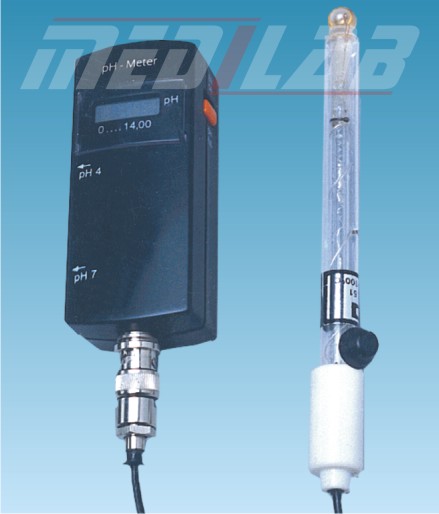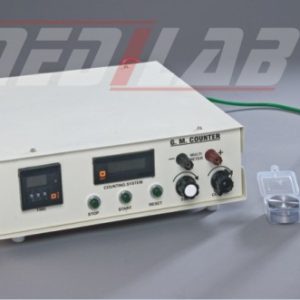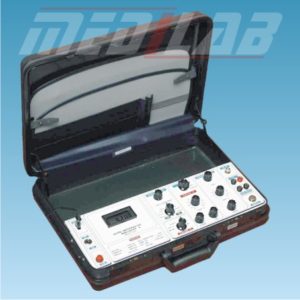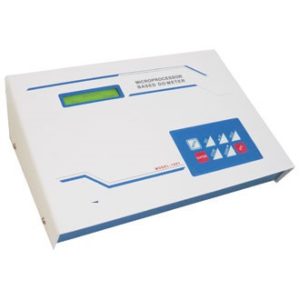Description
A digital pH meter is a device used to measure the acidity or alkalinity of a solution. It is commonly used in laboratories, research settings, and in the production of food, beverages, and pharmaceuticals.
The pH meter measures the concentration of hydrogen ions (H+) in a solution and displays the pH value on a digital screen. pH values range from 0 to 14, with 0 being the most acidic and 14 being the most alkaline. A neutral pH value is 7.
A digital pH meter consists of a pH electrode or probe, which is placed in the solution being tested, and a pH meter, which measures the voltage difference between the reference electrode and the pH electrode. The meter then converts this voltage difference into a pH value, which is displayed on the digital screen.
Digital pH meters offer several advantages over traditional pH testing methods, such as pH paper or liquid indicators. They provide more accurate and precise measurements, can be used to measure the pH of small sample volumes and offer faster results. Some digital pH meters also have additional features, such as temperature compensation, automatic calibration, and data logging capabilities.
Regular calibration and maintenance of digital pH meters are important to ensure accurate and reliable measurements. Calibration involves comparing the pH meter readings to a known standard and making adjustments if necessary.







